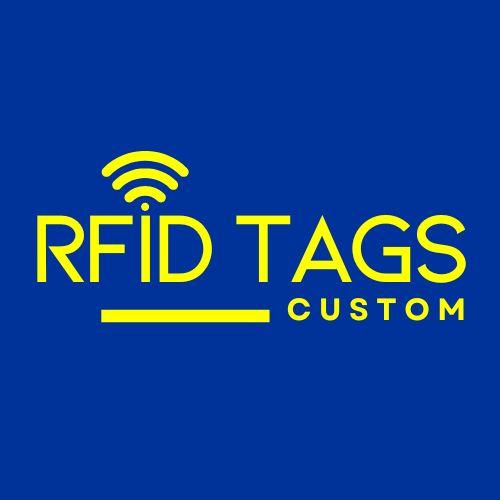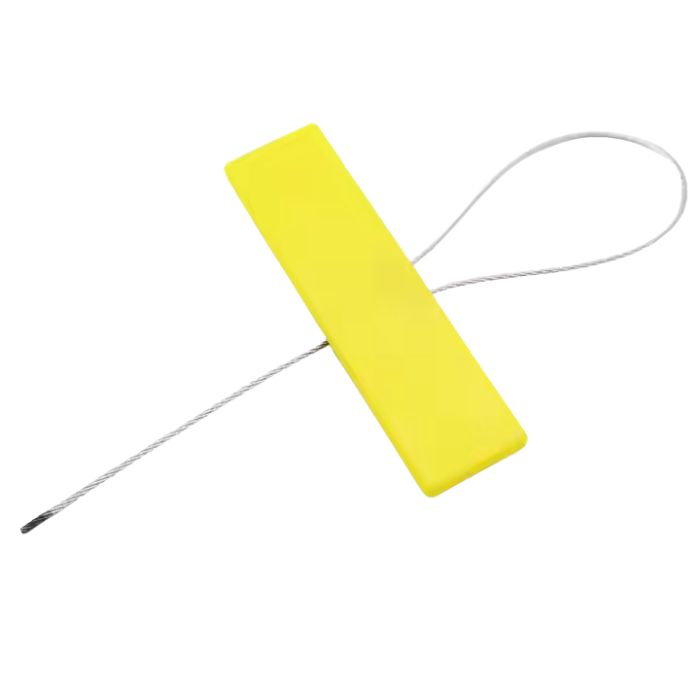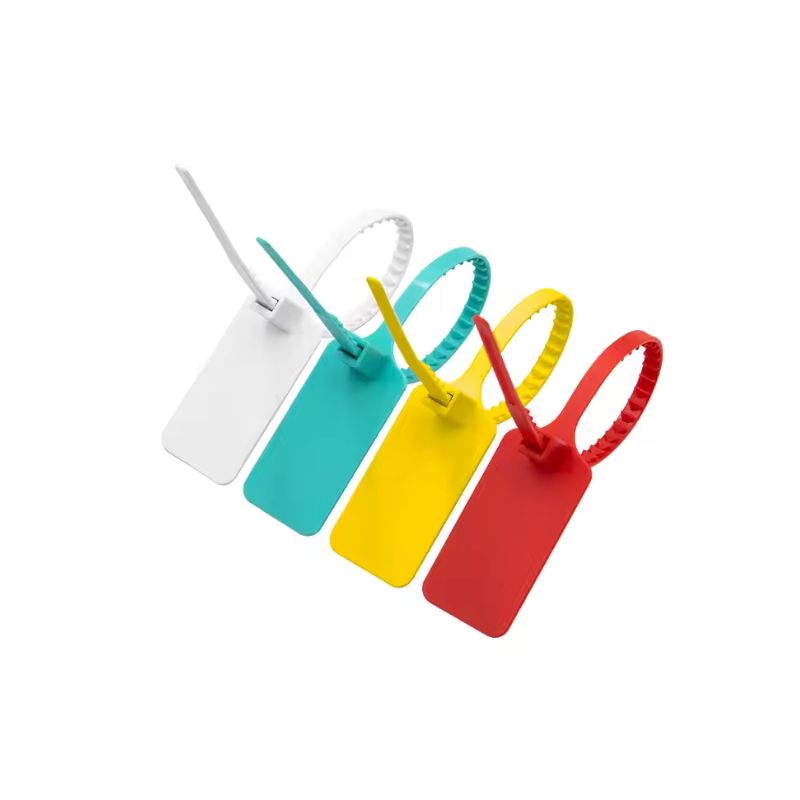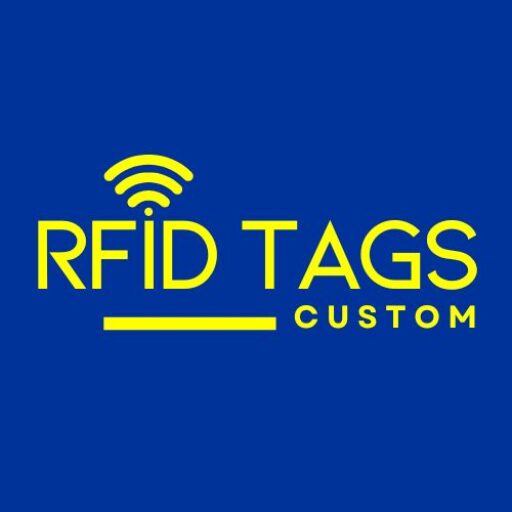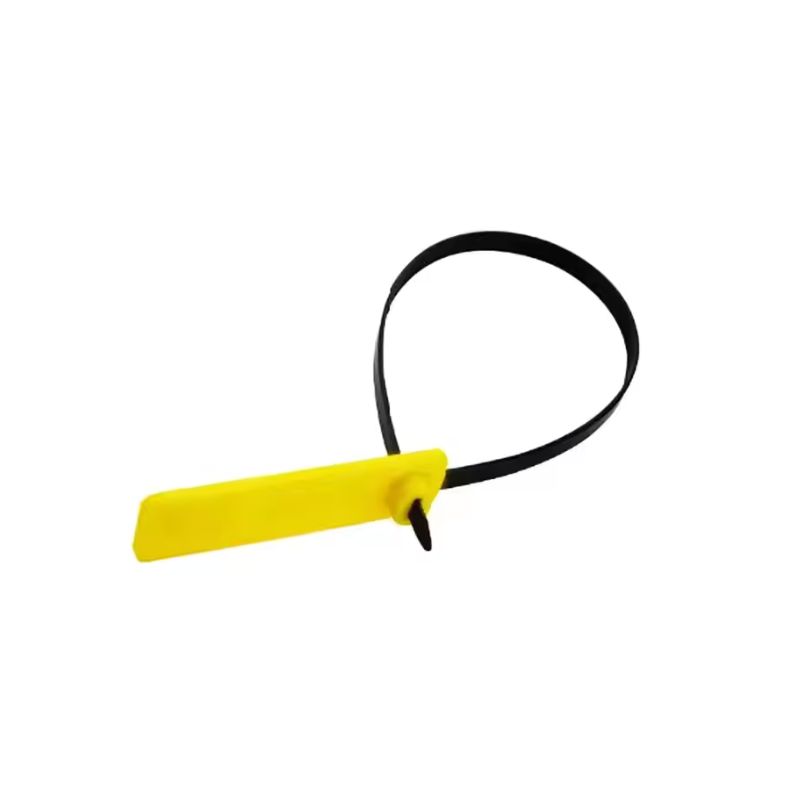
Blog i lidhur
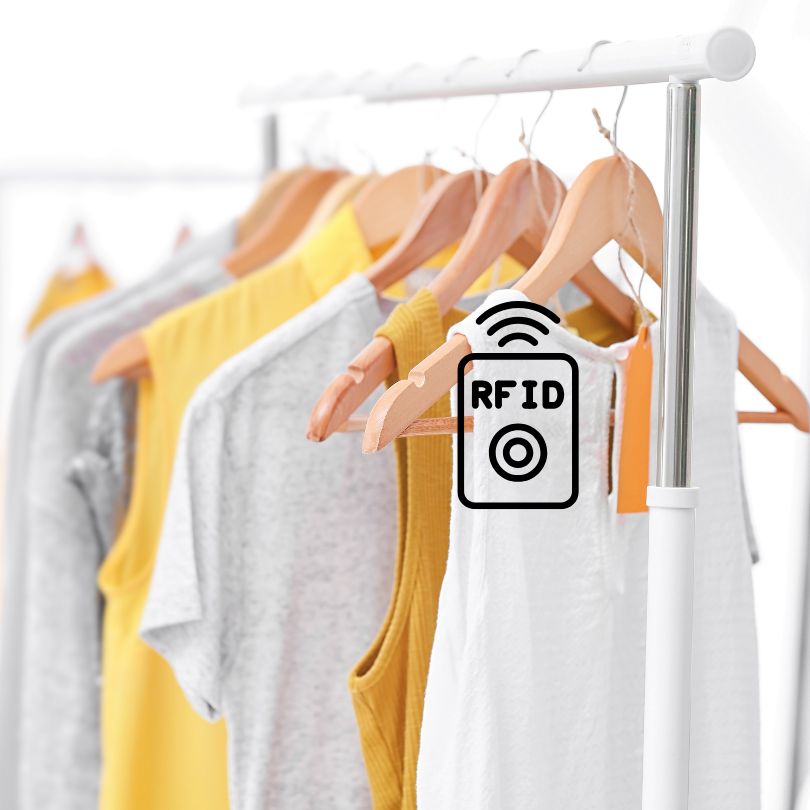
Can RFID Tags On Clothes Be Tracked
Learn how RFID tags, clothing tags, and innovative tracking solutions transform how we manage garments in the apparel industry.
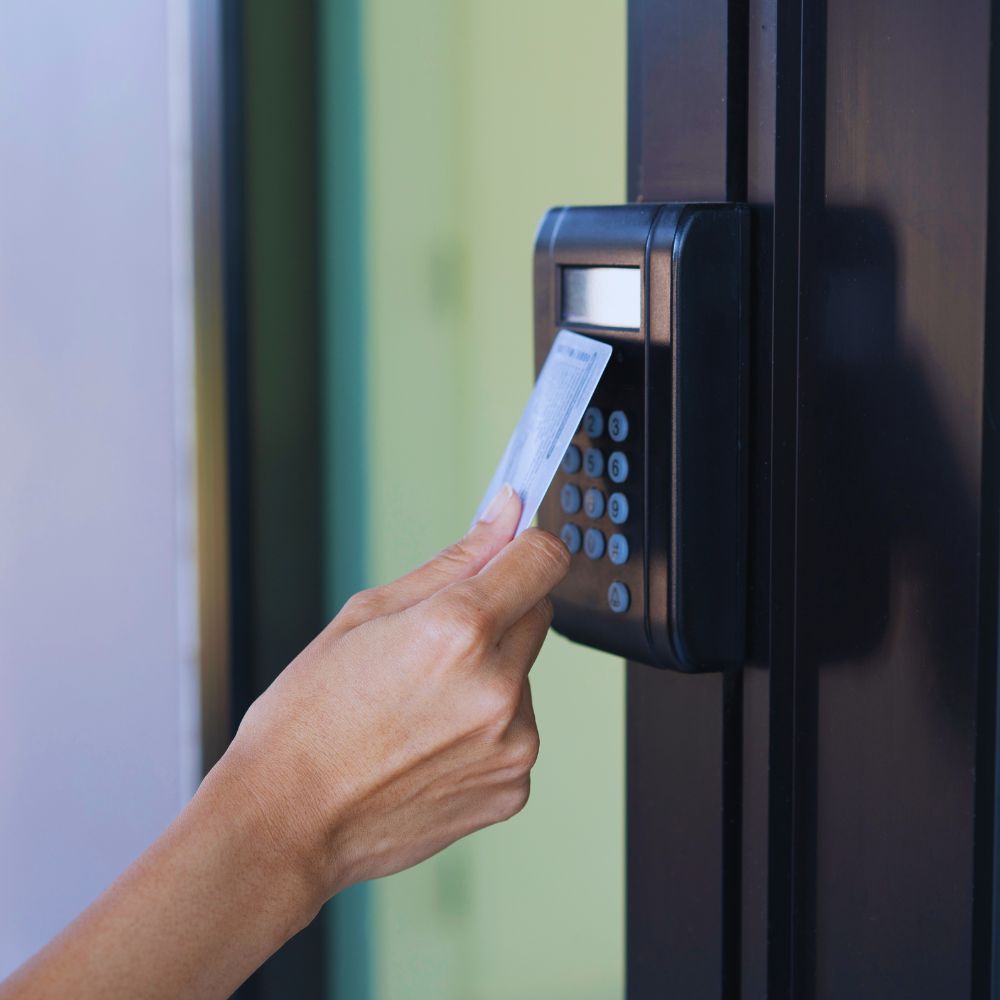
Çfarë është RFID Tag
Ky artikull eksploron botën magjepsëse të etiketave të identifikimit të frekuencës radio (RFID), pajisje të vogla por të fuqishme që revolucionarizojnë mënyrën se si funksionojnë bizneset.
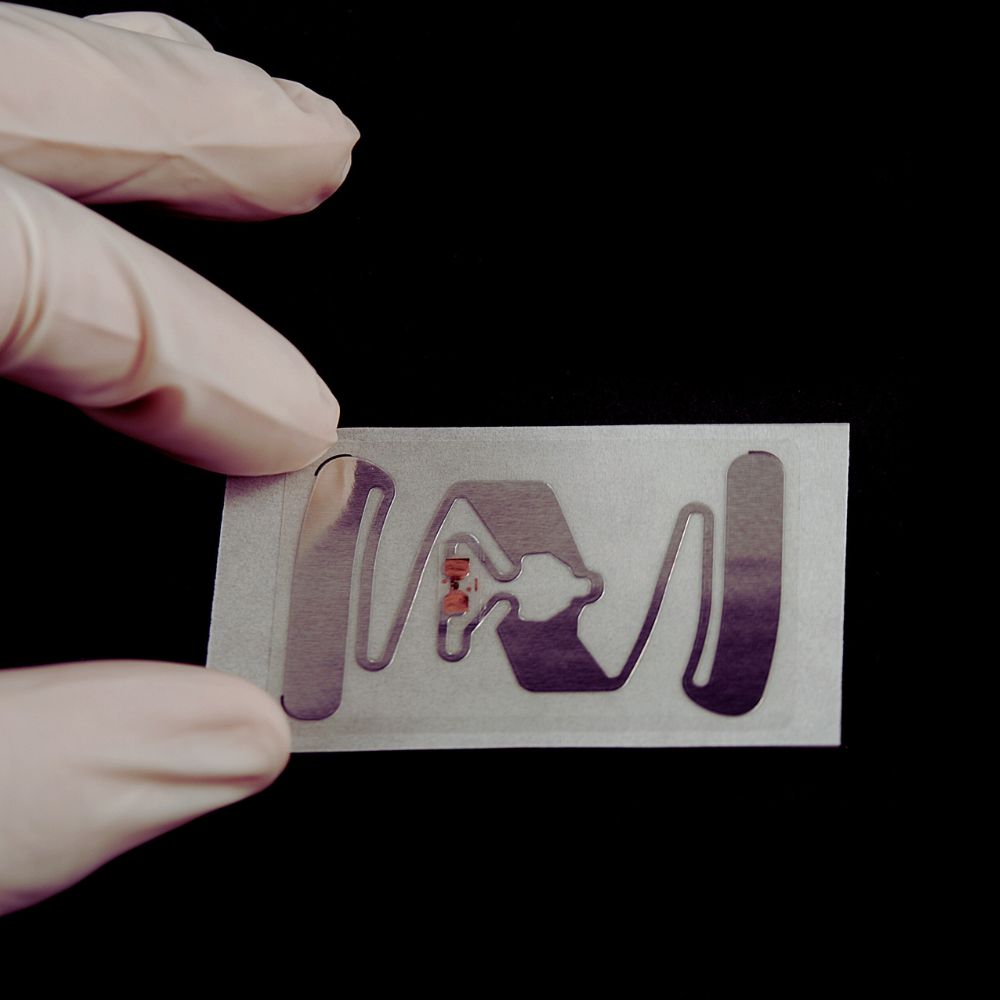
Çfarë do të thotë RFID
RFID, ose Identifikimi i Frekuencave të Radios, është një teknologji që transformon me shpejtësi industritë. Ndërsa mund të mos e shihni atë, RFID funksionon në prapaskenë, duke rritur efikasitetin dhe sigurinë në çdo gjë, nga dyqani juaj lokal me pakicë deri te zinxhirët globalë të furnizimit.
